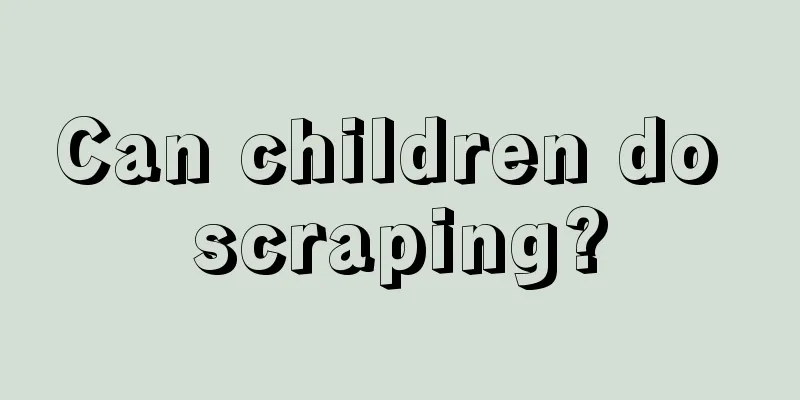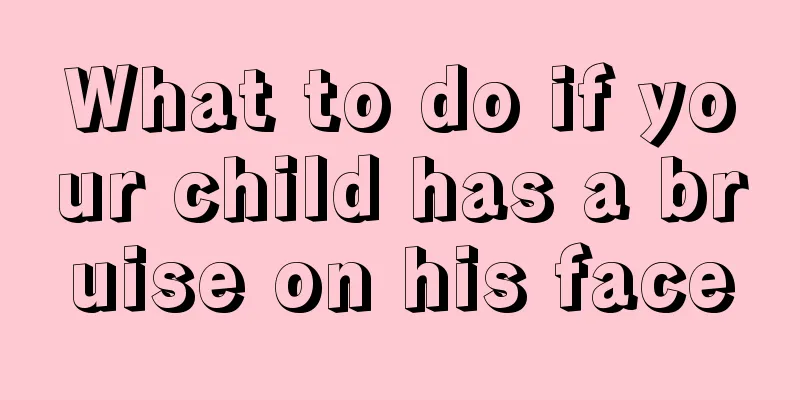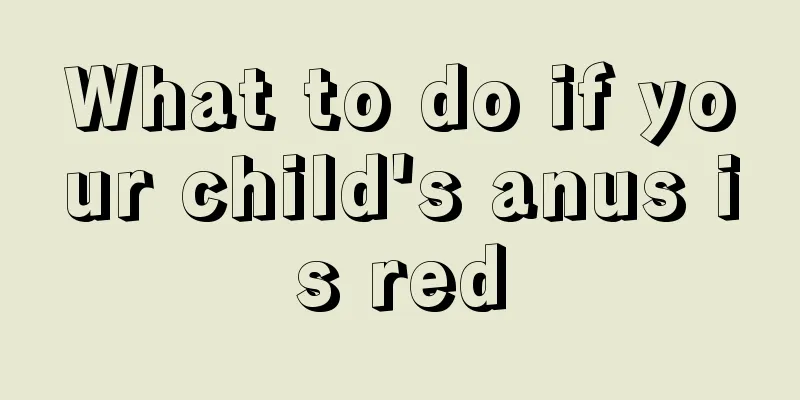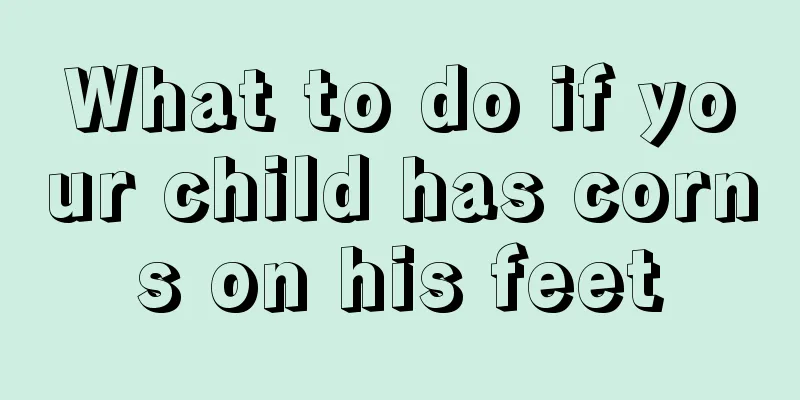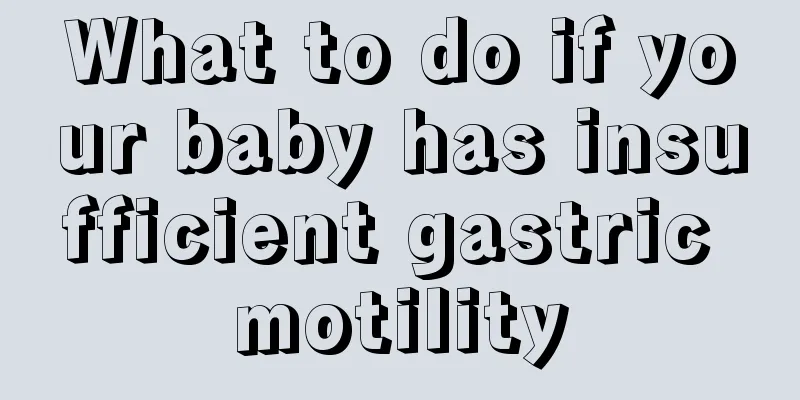How to take care of children with regular fever
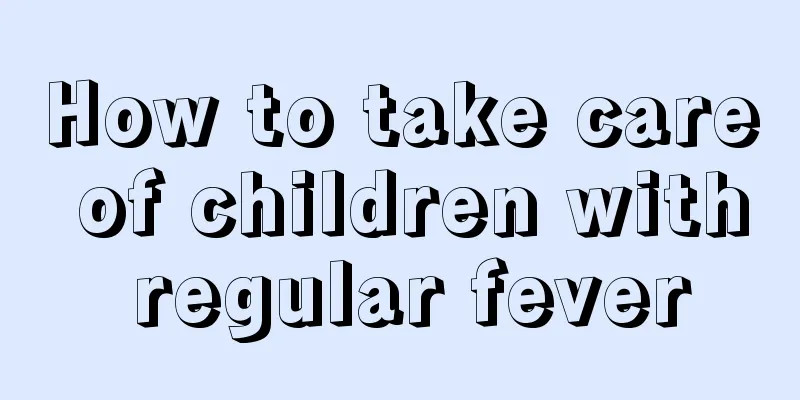
|
Children are often troubled by bacteria and germs during their growth, which may lead to many diseases. It is common for people to have fever, and children to have fever at regular intervals, and then have fever again after the fever subsides. Parents are very worried that the fever may cause brain diseases or diseases caused by affecting related organs of the body. Therefore, when a child has a fever regularly, effective treatment and care should be provided. So how should a child be cared for when he or she has a fever regularly? Wipe your body Evaporation also has a cooling effect. Experts recommend using cool running water to help dissipate excess heat from the skin. Although you can sponge your entire body, pay special attention to areas where your body temperature rises, such as your armpits and groin. After squeezing out excess water from the sponge, wipe one area at a time, keeping the rest covered with clothing. Your body heat will evaporate this water, helping to dissipate the heat. Bath Sometimes, there's nothing more relaxing than a warm bath. It can also help relieve fever symptoms. Babies should be bathed in warm water or wrapped in a wet towel, which should be changed every 15 minutes. Fluid replacement When you have a high fever, your body sweats to dissipate the heat; but when you have a high fever, your body loses too much water and closes its sweat glands to prevent further water loss, which prevents your body from dissipating the heat. The solution is to replenish fluids, drink plenty of boiled water and fruit and vegetable juice, which are rich in vitamins and minerals, especially beet juice and carrot juice. If you want to drink tomato juice, choose a low-sodium product. However, the absorption degree of fruit juice is lower, so it is recommended to drink more water. Solid foods should be avoided during a fever until the condition improves. If the vomiting is not serious, you can also eat ice cubes to reduce fever. Pour juice into an ice tray and freeze it into ice cubes. You can also put grapes or strawberries in the ice tray. This is especially popular among children with a high fever. Take painkillers appropriately If you feel very uncomfortable, you can take painkillers. Adults take 2 aspirin tablets or 2 paracetamol tablets every 4 hours. The advantage of paracetamol is that fewer people are allergic to it. Because aspirin and paracetamol work in slightly different ways, you may want to use both if you feel that you are not effectively controlling your fever with either. Take 2 aspirin tablets and 2 paracetamol tablets every 6 hours. When taking these medicines, you need your doctor's consent. Do not use aspirin on children Teenagers under 18 years of age should never take aspirin if they have a fever. Because aspirin can cause Reye's syndrome, a fatal neurological disease, in children with high fevers. Children can use paracetamol instead. Calculate the dosage based on 5-7 mg per pound of body weight and take once every 4 hours. Remember, increasing the frequency of use or exceeding the appropriate dose can be dangerous, so always take it under the guidance of a doctor. Pay attention to wearing appropriate clothes If you feel very hot, take off excess clothing to allow the body heat to dissipate. But if this makes you shiver, it means you are wearing too few clothes and you should add more clothes until you are no longer cold. Special care is required if the patient is a young baby, as they cannot yet express their feelings. In fact, dressing children in too many clothes or placing them in extremely hot places may cause a high fever. At the same time, do not make the room temperature too high. Doctors usually recommend not exceeding 20℃. At the same time, the room should be properly ventilated to help recovery, and the light should be soft to help the patient relax. Children with regular fevers must be effectively treated to reduce fever. We recommend physical cooling for patients with low fevers below 38.5 degrees. It is best not to use medication. For patients with fevers above 38.5 degrees, medication and physical cooling should be used. When reducing fever, the child's physical symptoms, signs and manifestations should be observed to determine whether the brain is affected. If the fever cannot be reduced, the child must go to the hospital for examination and the doctor will develop a detailed treatment plan. |
<<: What to do if your child has a fever and leg pain
>>: What to do if a child has a fever
Recommend
Child being tickled
In life, there are many children playing with eac...
What are the dangers of children's balance bikes?
In life, we often see children riding parallel bi...
Is it caused by brain hypoxia when the baby stretches hard?
If a mother encounters difficulties or other symp...
What to do if your two-year-old baby drools
It seems that every baby will drool. Some droolin...
Calcium supplement for 6-year-old children
Babies are about to enter the growth stage at the...
Can children undergo surgery under general anesthesia? Are there any side effects?
Many people know that anesthesia is needed during...
Symptoms of hip dislocation in 2-year-old baby
The hip joint is mainly located at the junction o...
How to cure rhinitis in children?
Children have weaker constitutions and are more e...
Reasons why babies keep waking up at night
After a busy day at work, many young parents have...
What is the best time to perform six-finger amputation in newborns?
After a newborn is born, his parents will take go...
Can babies eat prunes? Let’s take a look at these suggestions
Prunes are produced in the southwest of France. T...
What are the symptoms of anxiety in children?
Many children are prone to anxiety in their daily...
What to do if children have visual fatigue
Many children suffer from visual fatigue because ...
What is the best age for boys to grow taller?
The development of children is of concern to ever...
What medicine should children take when they have a fever and vomit?
As we all know, children's resistance is rela...
